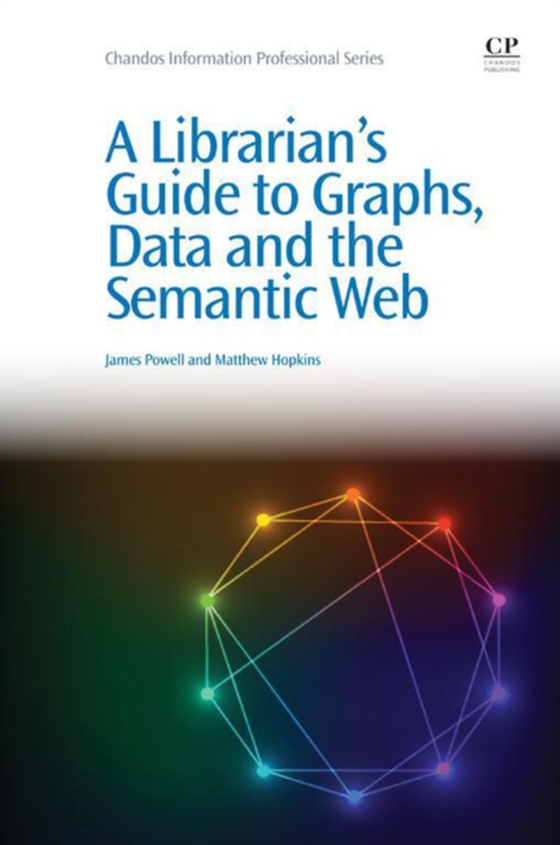
Librarian's Guide to Graphs, Data and the Semantic Web e-bog
509,93 DKK
(inkl. moms 637,41 DKK)
Graphs are about connections, and are an important part of our connected and data-driven world. A Librarian's Guide to Graphs, Data and the Semantic Web is geared toward library and information science professionals, including librarians, software developers and information systems architects who want to understand the fundamentals of graph theory, how it is used to represent and explore data, ...
E-bog
509,93 DKK
Forlag
Chandos Publishing
Udgivet
9 juli 2015
Længde
268 sider
Genrer
Library, archive and information management
Sprog
English
Format
epub
Beskyttelse
LCP
ISBN
9781780634340
Graphs are about connections, and are an important part of our connected and data-driven world. A Librarian's Guide to Graphs, Data and the Semantic Web is geared toward library and information science professionals, including librarians, software developers and information systems architects who want to understand the fundamentals of graph theory, how it is used to represent and explore data, and how it relates to the semantic web. This title provides a firm grounding in the field at a level suitable for a broad audience, with an emphasis on open source solutions and what problems these tools solve at a conceptual level, with minimal emphasis on algorithms or mathematics. The text will also be of special interest to data science librarians and data professionals, since it introduces many graph theory concepts by exploring data-driven networks from various scientific disciplines. The first two chapters consider graphs in theory and the science of networks, before the following chapters cover networks in various disciplines. Remaining chapters move on to library networks, graph tools, graph analysis libraries, information problems and network solutions, and semantic graphs and the semantic web.Provides an accessible introduction to network science that is suitable for a broad audienceDevotes several chapters to a survey of how graph theory has been used in a number of scientific data-driven disciplinesExplores how graph theory could aid library and information scientists
 Dansk
Dansk

